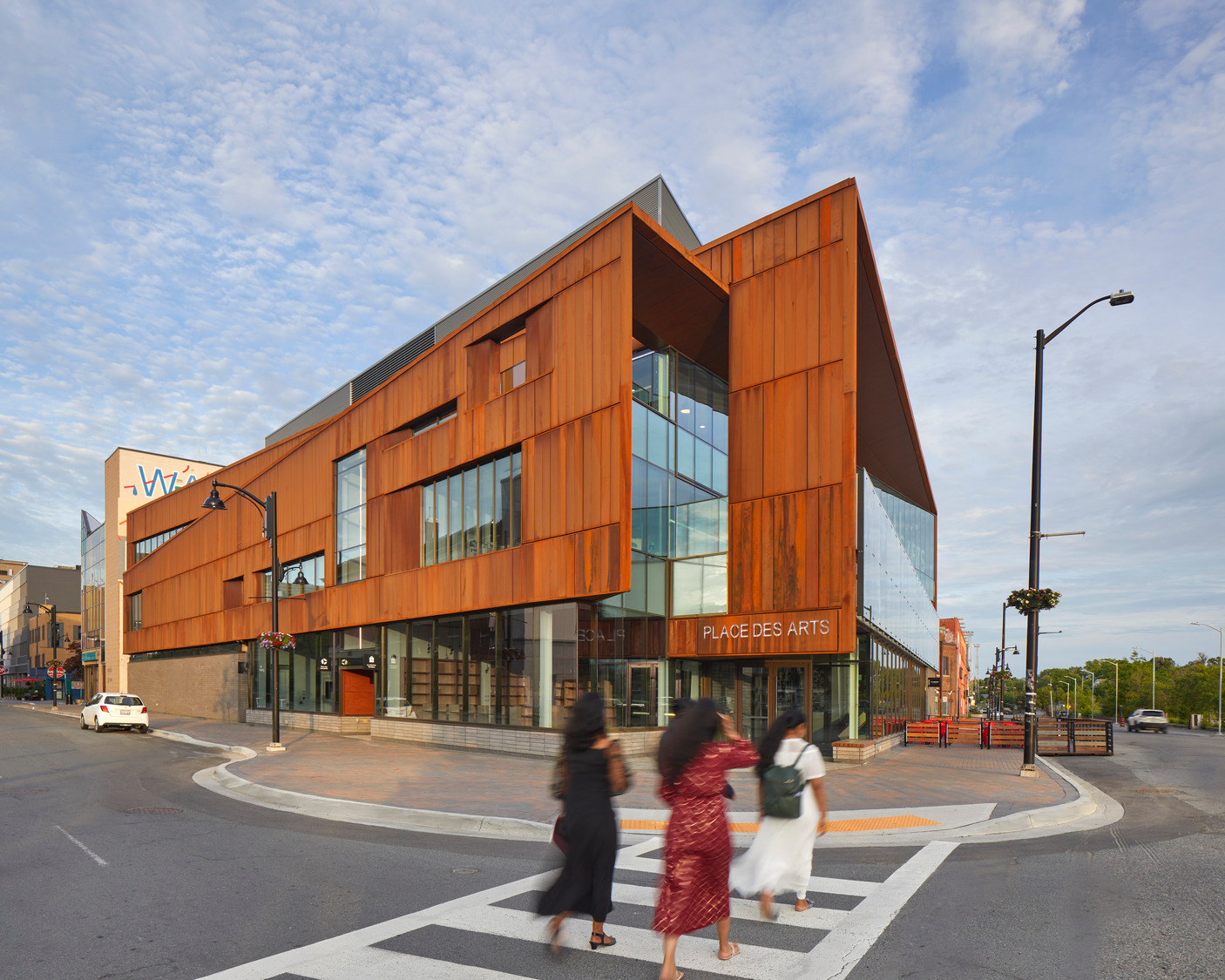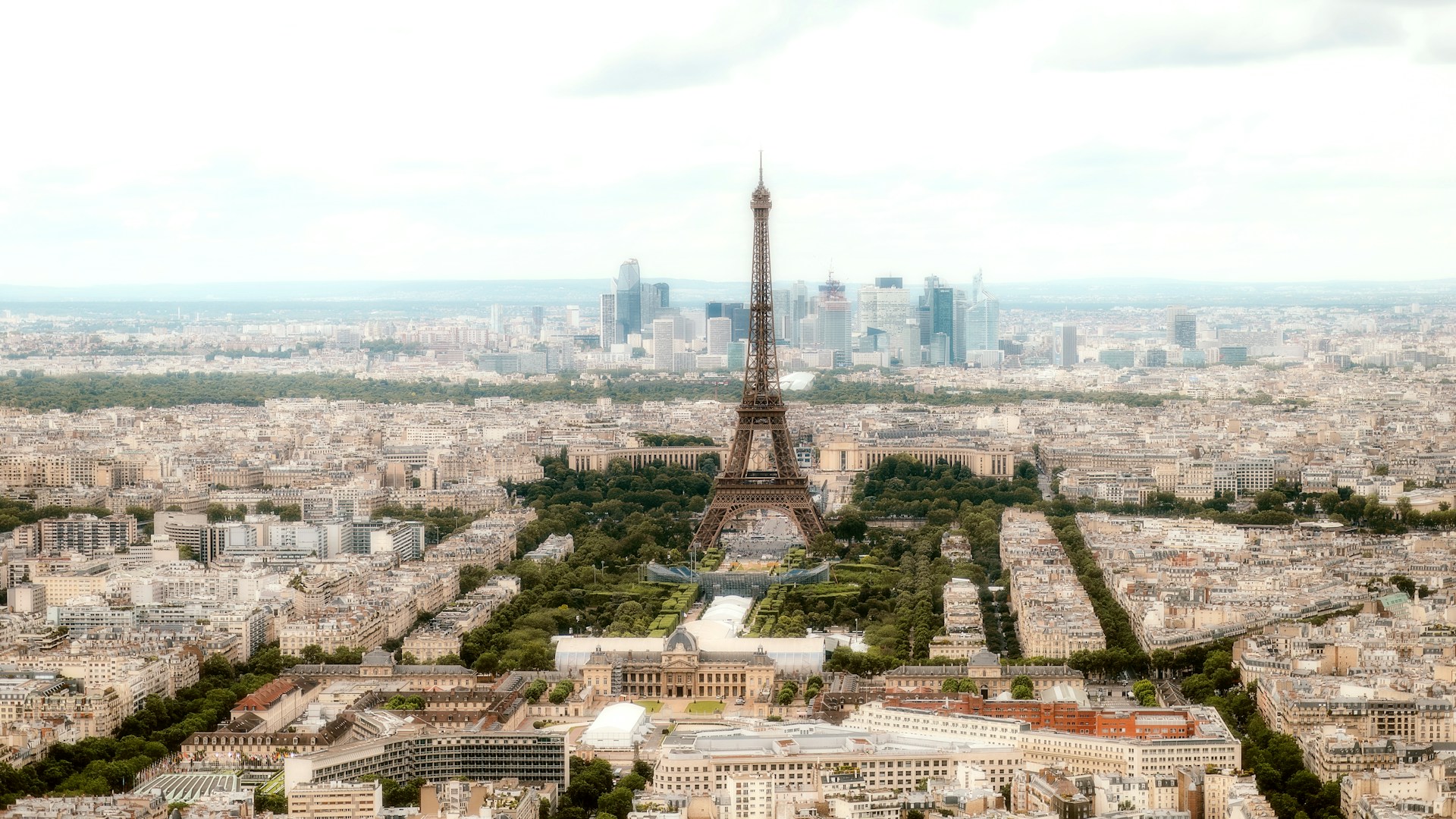Want to see your work published in “Architizer: The World’s Best Architecture,” a stunning hardbound book celebrating the most inspiring contemporary architecture from around the globe? Enter the A+Awards.
The word “boring” is powerful and often viewed as negative, especially within any creative field, including architecture. No architect would ever want to hear, ‘Well done, you made a very boring building.’ Yet, Thomas Heatherwick critiques the architectural profession as having entered a ‘pandemic of boringness.’ The British designer has been associated with this particular word since he gave a TED talk in 2022 titled “The rise of boring architecture — and the case for radically human buildings.”
In 2023, he launched his campaign “Humanise,” delving into why architects make boring buildings (and have for the past 100 years). He talks about the consequences and the impact of modernism; he calls Le Corbusier the “king of boring” and argues that to re-humanize our buildings, we must focus on emotion. Additionally, one key observation is that Heatherwick rarely deploys popular catchphrases like “environmental sustainability” or “social housing,” which are often used to initiate discussions about the current state of our built environment. Instead, he highlights a broader issue that goes beyond function, operation and construction, advocating for a change in design philosophy.
He suggests three shifts in thinking:
- Emotion as a function. Accepting how people feel about a building is critical to its function.
- 1000 year thinking. Design buildings with the hope and expectation that they will last 1,000 years.
- Prioritize door distance. Concentrate on a building’s interesting qualities at the 6-5-foot (2-metre) door distance.
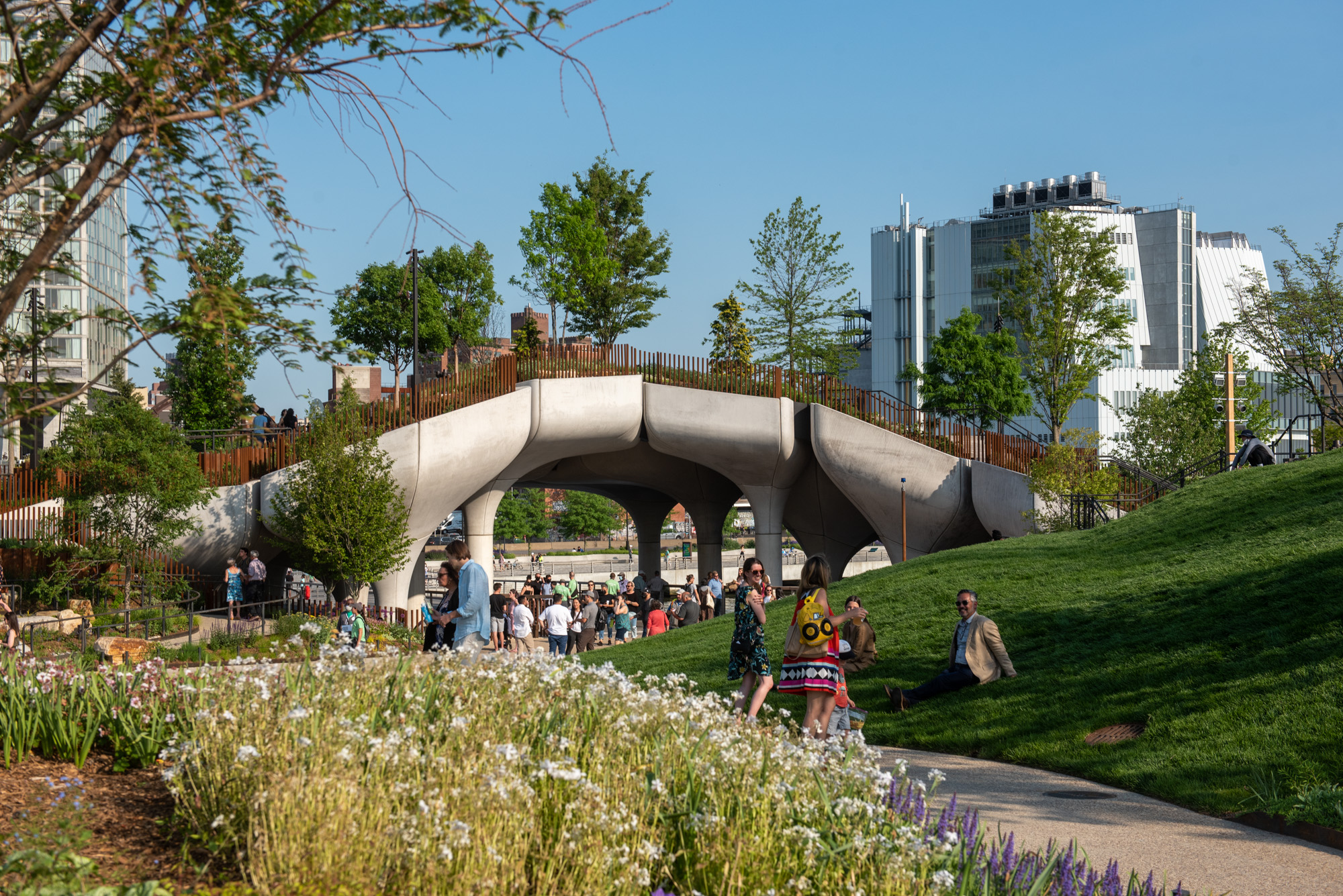
Little Island by Heatherwick Studio, New York City, New York | Jury Winner, 11th Annual A+Awards, Public Parks & Green Spaces
Through the “Humanise” campaign, Heatherwick is also developing a master’s degree at Loughborough University, set to start in autumn 2025. The course will allegedly challenge traditional architectural education and the over-specialization practices currently fostered by universities.
Still, Heatherwick’s approach and argumentation is — apart from refreshing — quite provocative. It opens up questions such as how can one make architecture less boring? Is it purely a matter of form and texture? How is “boring” even measured? And finally, is emotion the key to battle this endless array of glass façades and monolithic volumes?
The rest of the article sets up a series of speculative scenarios that have nothing to do with architectural form. In contrast, they are “joyful” suggestion that could perhaps, in a different universe, motivate not only architects but also non-architects, developers and even educational institutions to find their own interpretation of what a non-boring spatial environment is.
Introducing “Emocurrency”
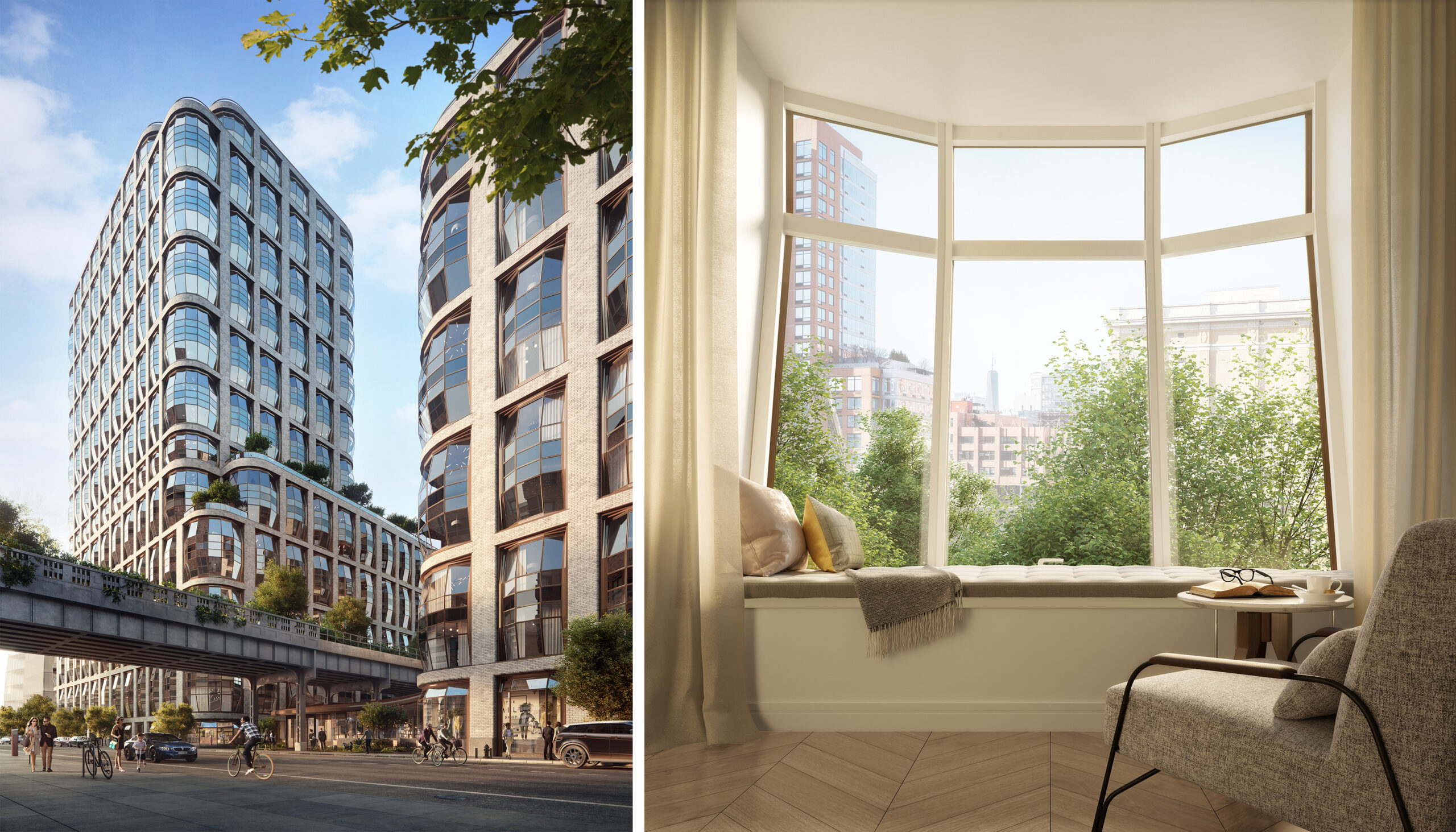
Lantern House by Heatherwick Studio, New York City, New York
As Pat Fin’s article “Humanize”: Thomas Heatherwick’s Crusade Against Boring Architecture outlines, Heatherwick identifies money, education and the lack of community involvement as the three pillars of boringness. Developers hide behind the modernist movement’s philosophy ‘form follows function’ to defend their decisions for budget cuts that lead to repetitive, dull structures. However, what would happen if a space’s emotional impact could become quantifiable and better yet, profitable?
In truth, to inhabit or experience restaurants, cultural buildings, residences, hotels, offices etc. people have to pay; and usually, the price of a ticket or a restaurant bill and even rent is determined by the quality of function experienced by the user. How many bedrooms is the flat? How spacious and luxurious was the museum lobby? How comfortable were the restaurant seats? Still, what if instead of seeing value only in function, developers were making profit through the strategy of emocurrency (i.e. emotional currency) by investing on emo-tokens generated by all these feedback smiley buttons pressed daily in millions of spaces around the world?
Introducing “The RIBA Plan of Joy”
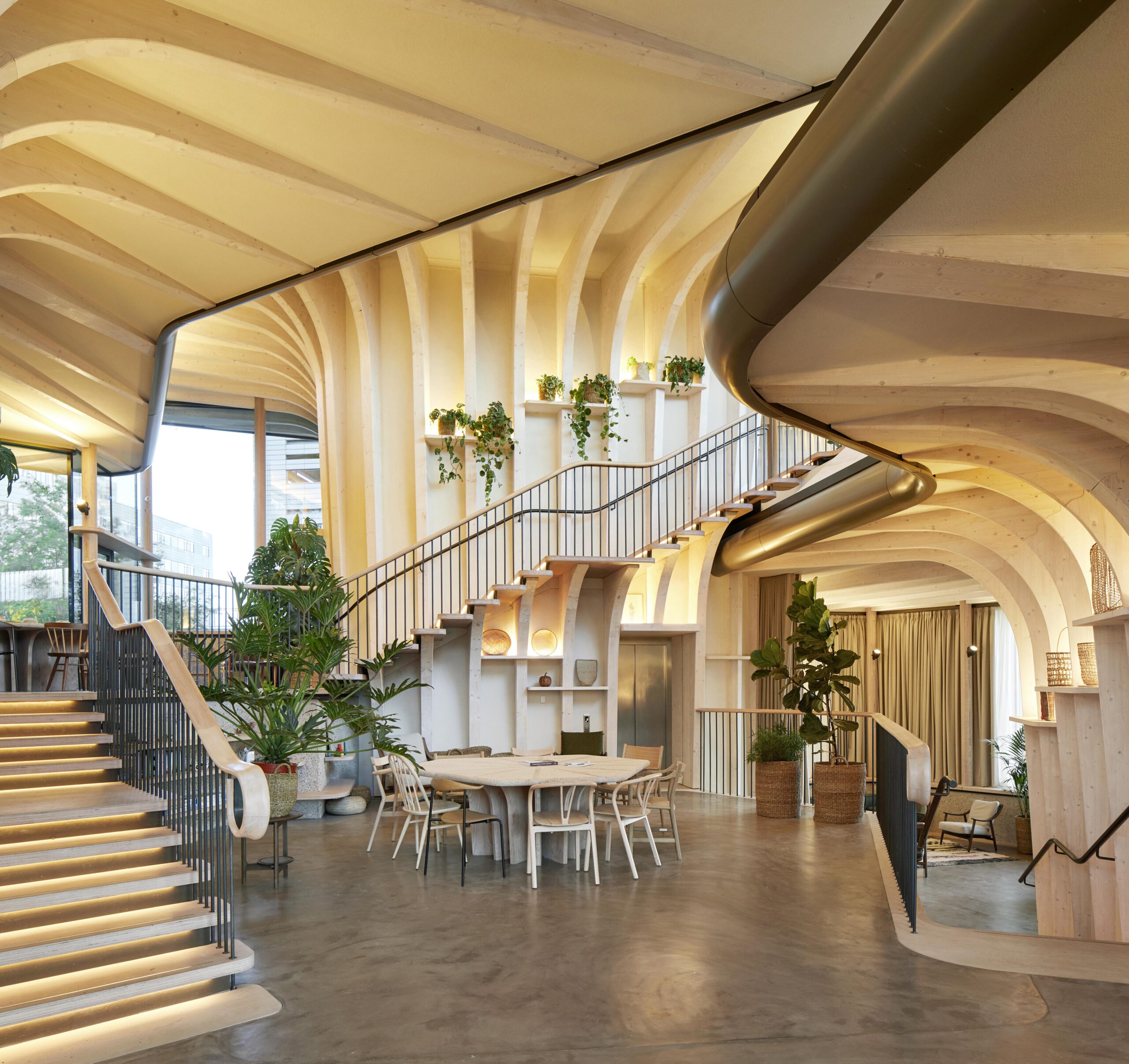
Maggie’s Leeds by Heatherwick Studio, Leeds, United Kingdom | Photo by Hufton+Crow Photography | Jury and Popular Choice Winner, 9th Annual A+Awards, Hospitals + Healthcare Centers
Most architects are familiar with the RIBA Plan of Works, a document that describes in detail the process of briefing, designing, constructing and operating building projects, outlining the tasks and information that needs to be delivered for a successful outcome. In other words, it is a very difficult document to digest for creative architects.
However, instead of instructions, The RIBA Plan of Joy will include a series of text prompts designed to encourage architects to think beyond the conventional constraints. Questions and scenarios will challenge them to explore new ideas and reimagine the possibilities of their projects instead of providing dry, operational guidelines. Furthermore, the document will also include a dictionary, outlining common terms used in architectural discourse, offering multiple interpretations and definitions. Finally, the RIBA Plan of Works will be written in two formats: the classic “architectural jargon” as Heatherwick calls it, as well as in simpler non-architecture words, making it accessible to the wider population.
Introducing the “Do not Touch” Initiative
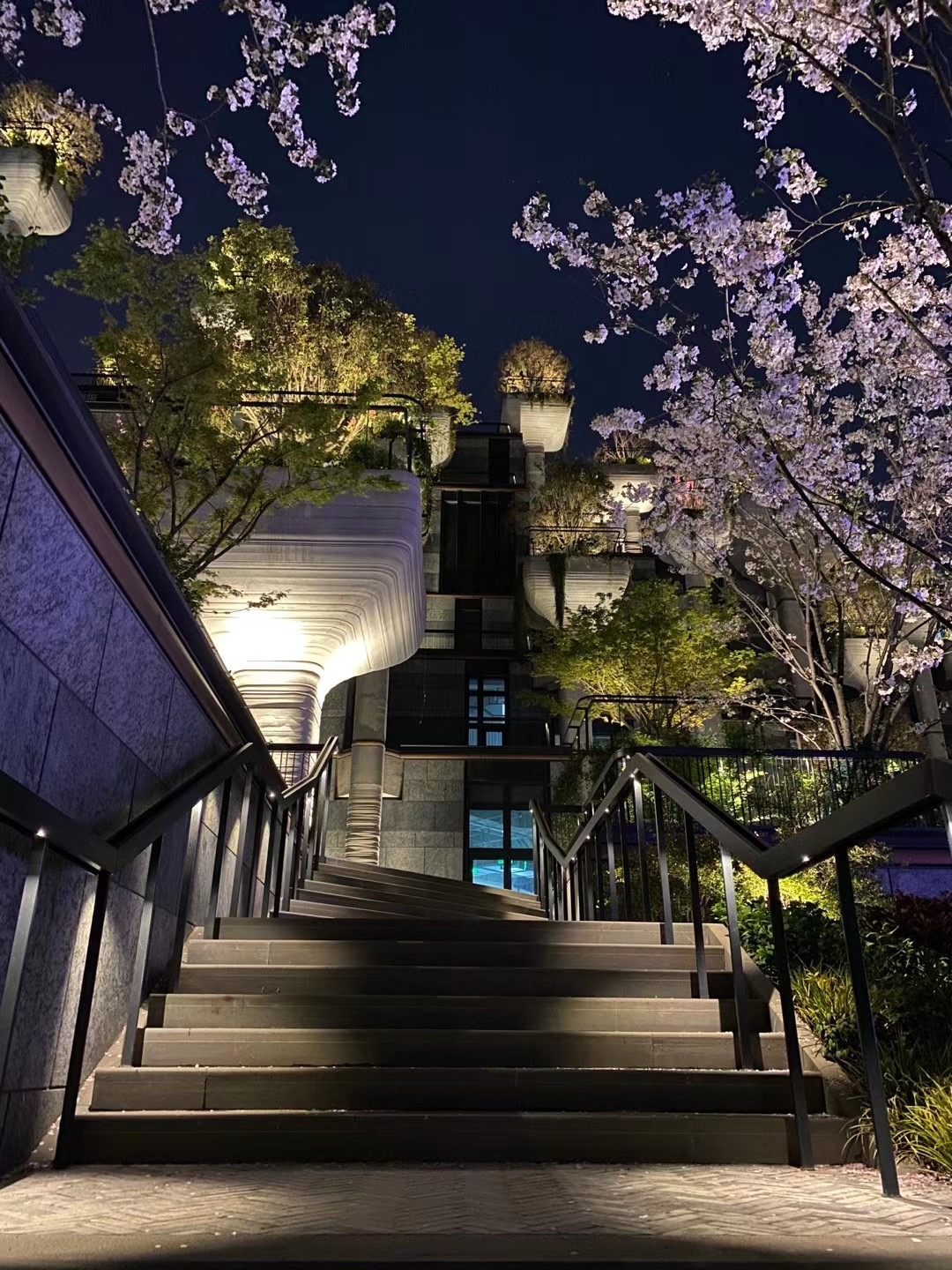
1000 Trees Phase 1 by Heatherwick Studio, Shanghai, China | Jury and Popular Choice Winner, 11th Annual A+Awards, Shopping Center
In the past decades, mass production has eliminated architectural detailing to such an extent that architects no longer have the time to design joints or handrails, but rather produce countless window schedules and lists of prefabricated assembly parts. Inspired by Heatherwick’s “Prioritise door distance” design direction, the “Do not Touch” initiative encourages pedestrians to touch, hold and experience the texture of buildings. Smudges on glass are welcome (even encouraged), while the turning of a doorknob becomes one of the most experiential moments upon entering a building. This initiative aims to reintroduce craft into construction, remodel architects into makers and add touch to people’s spatial senses.
Featured Image: Zeitz MOCAA by Heatherwick Studio
Want to see your work published in “Architizer: The World’s Best Architecture,” a stunning hardbound book celebrating the most inspiring contemporary architecture from around the globe? Enter the A+Awards.

